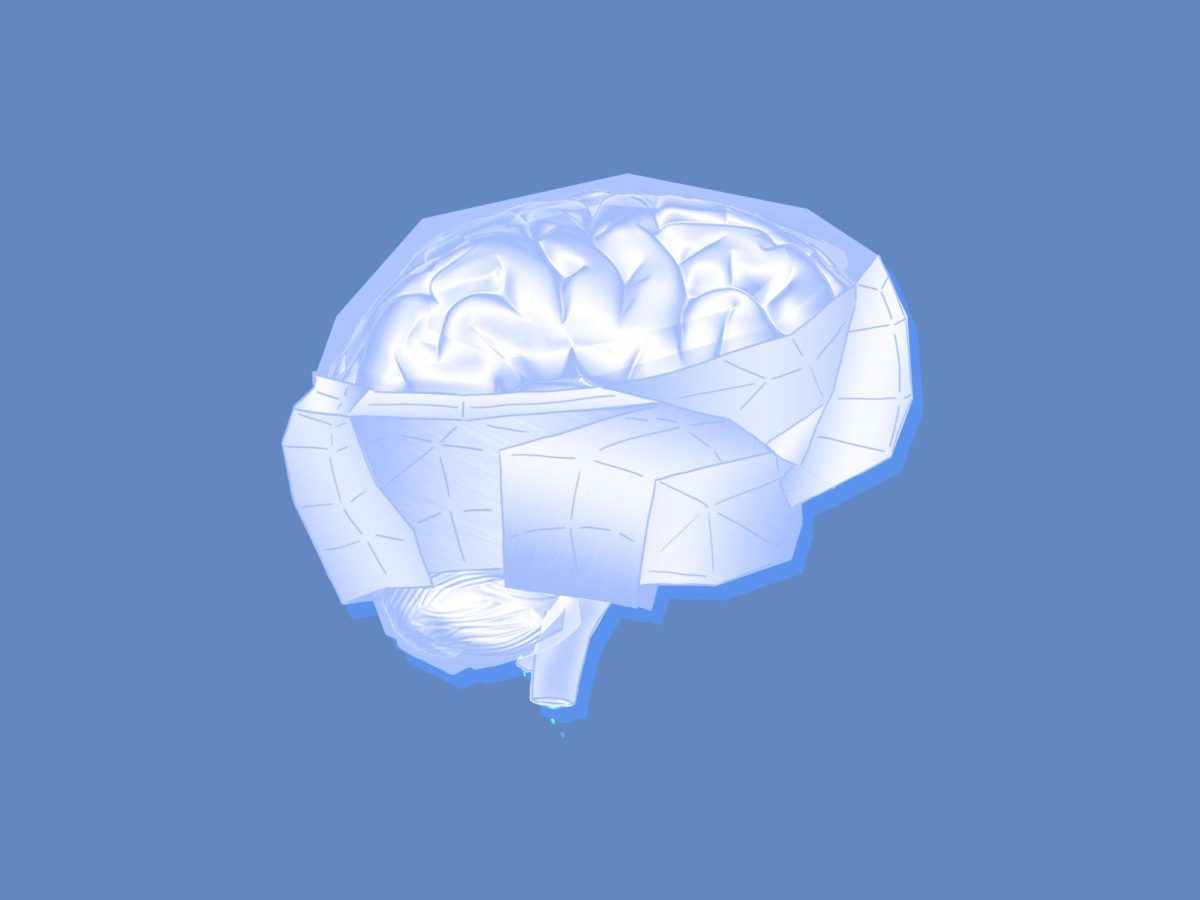Engineers at the University of Massachusetts Amherst have developed artificial neurons that can communicate directly with living biological cells using the same low-energy language as the human brain. This enhances the possibilities for the next generation of medical devices and bio-integrated computing.
Artificial neurons are synthetic cells that function like real neurons by processing signals through tiny voltage changes, also known as action potentials and chemical modulators.
The artificial neuron mimics the electrical impulses and low-voltage of the brain’s signals.
Like real neurons, it operates with tiny currents and voltages, usually around 0.1 volts, compared to previous versions that required 10 times the voltage and 100 times the power.
Using low-voltage communication allows the artificial neuron to connect with a biological cell without an intermediary step, such as an amplifier or signal modulator.
By directly transferring this low-energy charge, the device is able to function safely within biological environments without inducing damaging heat or signal overload.
At the center of the neuron, the memristor stores and calculates data based on ions’ movement, similar to biological cells. Since the memristor operates inside a fluid environment, it is engineered to last in moist, biological settings without degrading.
Protein nanowires synthesized by microbes, usually the bacteria Geobacter sulfurreducens, contribute to this discovery.
These microscopic filaments function as a biological bridge between the synthetic electronic system and the organic living cells.
The nanowires dramatically lowered the operational voltage while maintaining stability across many cycles of use, making the entire system incredibly energy-efficient.
Artificial neurons can help make future electronics and medical devices significantly smaller, lighter and more efficient.
In computers and wearable devices, the artificial cells eliminate the “clunky” intermediate step of electrically amplifying signals from the body.
The neuron processes cellular signals like biological or physiological changes, in real time and in their own language. This means that future wearable electronics could operate for much longer on tiny batteries.
The nanowires are currently being used to design devices such as an electronic nose to identify diseases or biofilm-powered patches to run personal electronics using human sweat.
They could also help to restore damaged pathways to improve the performance of prosthetics.
This work paves the way for a future where technology is built using biological principles, shifting the way human-computer interaction works.
Implantable systems that function like living tissue could one day monitor and enhance body functions, creating bio-hybrid networks that seamlessly merge electronics with living intelligence to heal physical difficulties and improve quality of life.








